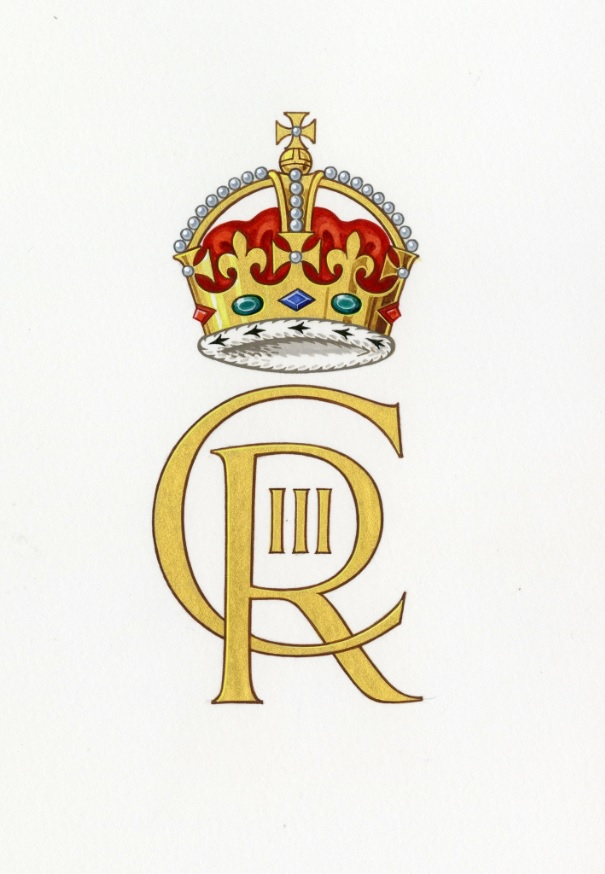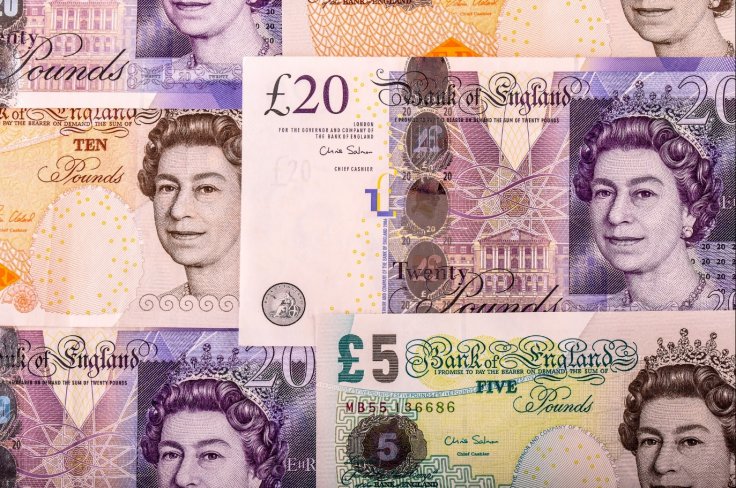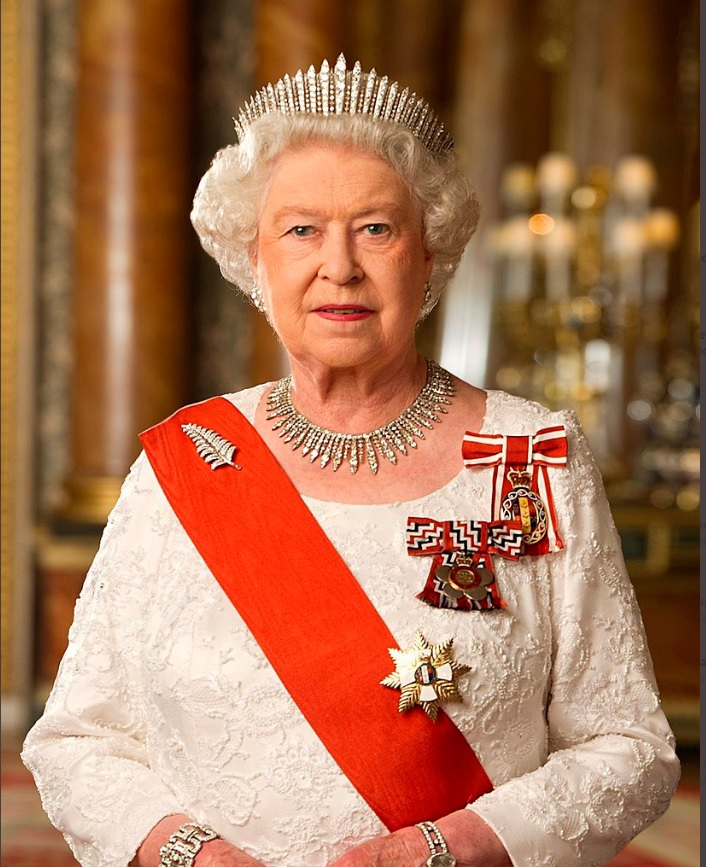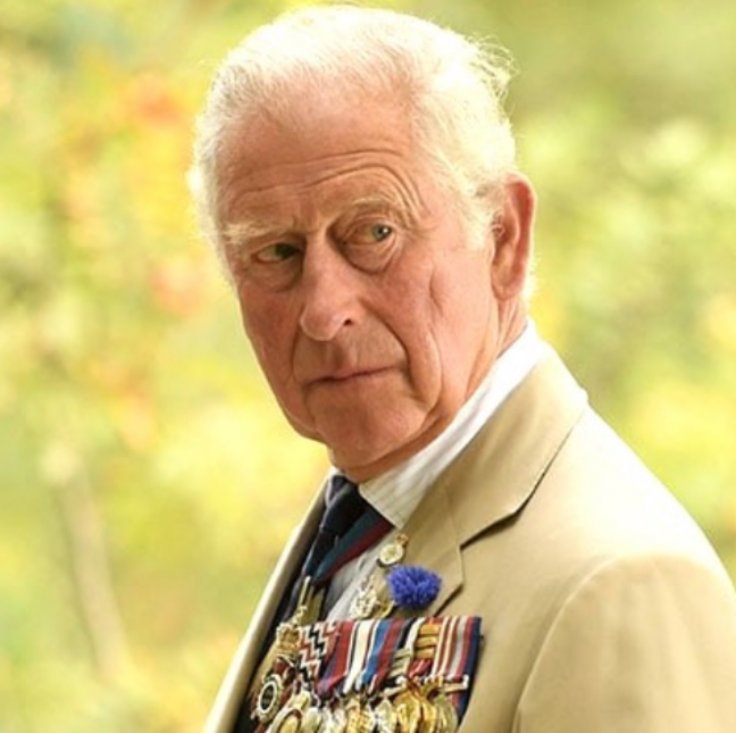New bank notes with King Charles III's face will be unveiled by the end of 2022 but won't be in circulation before mid-2024, the Bank of England said in a statement released on Tuesday. Moreover, banknotes that feature the portrait of Queen Elizabeth II will be legal tender and be in circulation in the future.
The banknotes featuring the Queen's portrait will be removed or replaced only if they are worn or damaged. Thus, when new banknotes with the image of the King are issued in two years, they will circulate alongside those bearing the image of his mother, the Queen, as both will be legal tender.
A long Wait for King Charles III

The Royal Mint stated that this decision was taken to minimize the expense and environmental impact of the switch between the two coinage forms. According to a bank statement, Queen Elizabeth II's image will be replaced by King Charles's on four bank notes: the £5, £10, £20, and £50 notes. There will be no further alterations to these notes.
New notes with King Charles's image will be made to "replace worn bank notes and to meet any overall increase in demand for bank notes."

The existing £5 and £10 notes, which were phased out in 2017 and 2018, respectively, will be replaced on September 30 by new polymer-based £20 and £50 notes.
The rest of the bank note designs, including the well-known figures like Alan Turing who appear on the opposite side of the monarch, are anticipated to remain unchanged.
A similar transition will take place with British coins bearing images of Queen Elizabeth. The Royal Mint estimates that it will take at least several months to produce and introduce coins with the image of King Charles into circulation.

Anne Jessopp, chief executive officer at The Royal Mint said: "We are honored to have struck each UK coin of Her Late Majesty's reign, documenting her journey from young Queen to respected Head of State.
"As official coin maker to the UK, we have told the story of each monarch since Alfred the Great and are now preparing for the biggest change in British coinage for several decades."
New King, New Currency
The precise release date for the new coins, as well as the design of the new King's face, have not yet been announced by the Royal Mint. The mint is expected to provide further information on the coins in the upcoming weeks.

King Charles III's new portrait on UK currency notes is expected to show him looking away from the Queen. The portrait of the Queen faces right on all current coins, but Charles will look to the left due to a custom that requires new rulers to face in opposition to one another.
On Tuesday, Buckingham Palace also released the King's new cipher. The Roman numeral III, a symbol of the Tudor Crown, and a reference to his grandpa, George VI, are all included in the King's new cipher.

Queen Elizabeth II's design featured the St. Edward's Crown, which can be found on pint glasses, governmental structures, and police uniforms. The Edward's Crown was chosen by George II, George III, George IV and by Elizabeth II.
The Tudor crown, meanwhile, was depicted on the ciphers of King George V, King George VI, and King Edward VII. After Oliver Cromwell abolished the monarchy in 1649, the real Tudor crown was disassembled and its prized parts sold.
In 2017 an amateur detectorist found the centerpiece, potentially worth £2 million, under a tree in Northamptonshire. It is currently on display at the British Museum.

When Queen Elizabeth II took the throne, George VI-themed coins were still in use. They were in circulation for over 20 years after his death. They were eventually eliminated in 1971 with the introduction of decimalization.
However, the passing of one monarch and the preparation of a new one means a number of other things must change. This includes ketchup bottles, which display the royal crest.
Royal flags might also change after the death of Queen Elizabeth II if Charles adds a Welsh element, and passports will feature His Majesty's profile.
Additionally, the King rather than the Queen will be shown on stamps, giving them a radically different image. On government structures, military gear, and police helmets, the Queen's royal cipher, or monogram, will also change.









